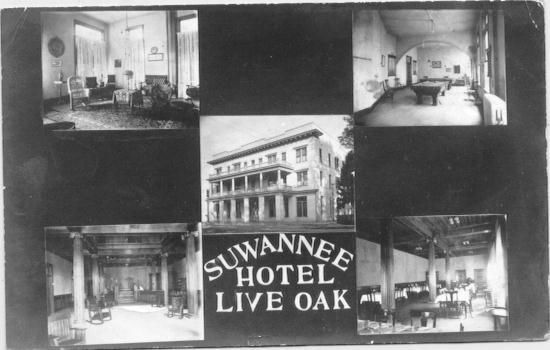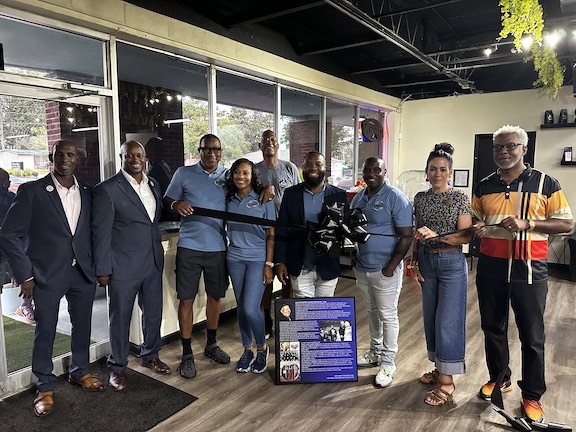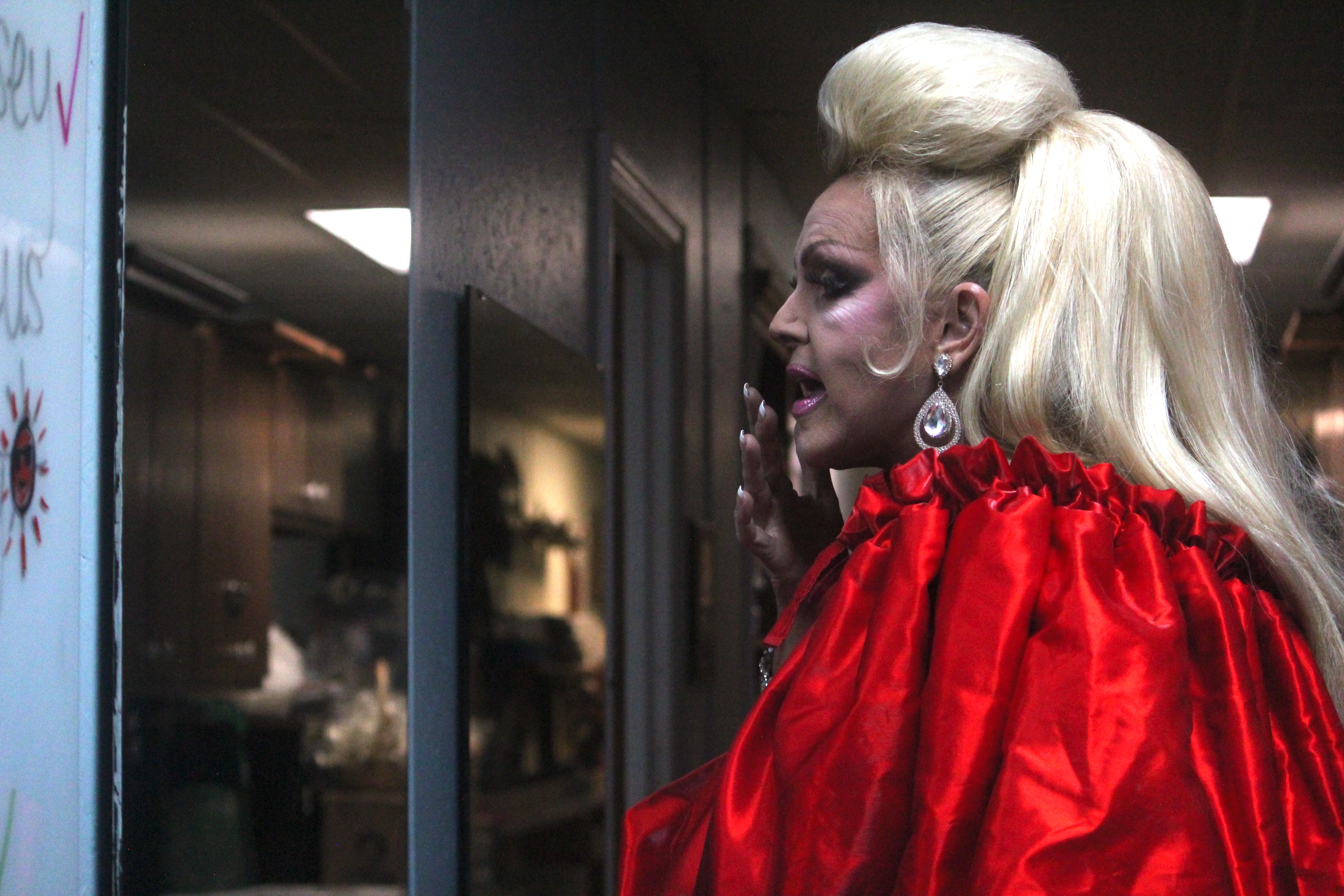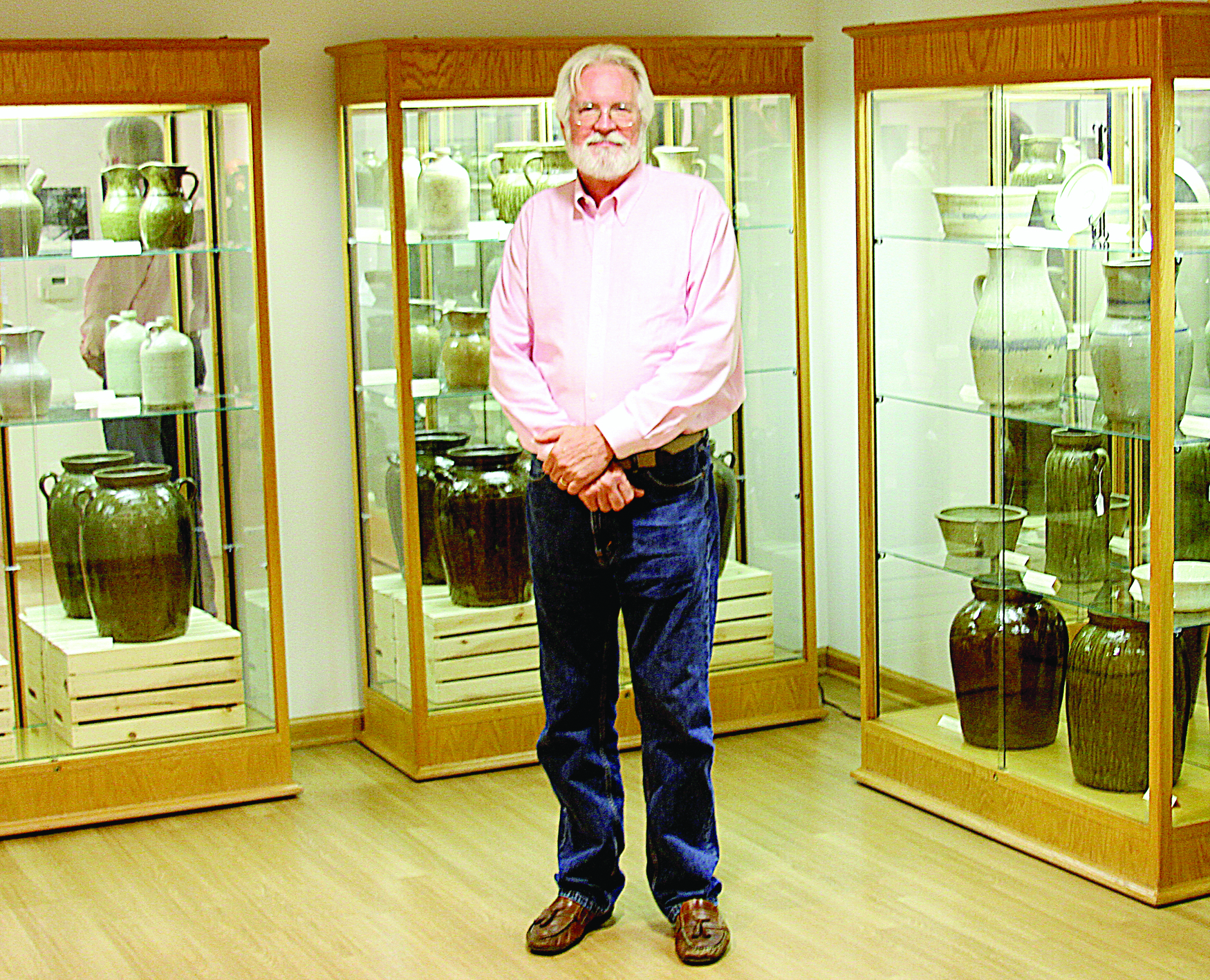Remembering Suwannee: Live Oak adds luxurious Suwannee Hotel
Published 11:30 am Monday, November 20, 2017

- Highlights from inside the Suwannee Hotel, circa 1908.
By 1905, Live Oak was the fifth-largest city in Florida. Several railroads crisscrossed the landscape, meeting in the county seat. Visitors from all around the world traveled to Suwannee County to enjoy the natural beauty of the Suwannee River and tour the manufacturing facilities in town. These visitors needed a place to stay.
Although Live Oak had several hotels and boardinghouses that had been around for 20 or 30 years, there was the need for a modern, opulent hotel that would showcase Live Oak’s position as one of the largest cities in the state. A group of 29 businessmen gathered in January 1907 and petitioned the state to incorporate a business to construct a new hotel(s). The Suwannee Hotel Company was composed of some of the most influential of Live Oak’s men, including W. J. Hillman (president), S. A. Hinely (vice president), B. W. Helvenston (secretary), D. E. Horn (treasurer), Frank Drew and R. L. Dowling. The company began with $25,000 in stock.
Trending
The conglomeration moved swiftly and, by 1908, had completed a hotel across the street from the Suwannee County Courthouse, two blocks from the main railroad hub in town. The Suwannee Hotel, also called Hotel Suwannee, was a three-story brick structure with 56 rooms (according to a later inventory of hotels conducted by the Chamber of Commerce). The hotel quickly became the go-to place for railroad and vehicle travelers in Suwannee County.
By 1913, the Suwannee Hotel Company had sold the hotel to L. L. Froneberger. During this period, the hotel was advertised in various newspapers and other publications around the country. The April edition of the 1913 Club Journal from the Automobile Club of America prominently listed the hotel on several pages, each advertising the steam-heated rooms.
The hotel was owned by Jack R. Randle by 1926–27, when it was advertised as the “Headquarters for the Kiwanis, Rotary, and A. B. C. Clubs.” The manager was I. F. Williams, and the hotel’s motto was “Comfort, Service and Courtesy.”
According to the Florida Times-Union of Jacksonville, in 1928, a new bus line was instituted between Jacksonville and Live Oak, operating in conjunction with the Seaboard Air Line Railway Company. The “palatial parlor buses, modern in every respect with a capacity of thirty passengers with spacious baggage compartments” would make four daily round trips. The buses were named after Confederate generals: Lee, Longstreet, Stewart, Jackson and Beauregard. Their points of arrival in Live Oak were the Suwannee Hotel, the Kalil Drug Store, and the Seaboard Air Line Railway Station.
A menu from the same year shows that the Hotel Suwannee Restaurant (under the ownership of Jack Randle) had a variety of foods. Main courses included smothered spring chicken and breaded veal cutlets in tomato sauce, with pearl grits, buttered potatoes and succotash as side dishes.
Next week we’ll discuss more about the Suwannee Hotel.
Trending
Eric Musgrove can be reached at ericm@suwgov.org or 386-362-0564.





